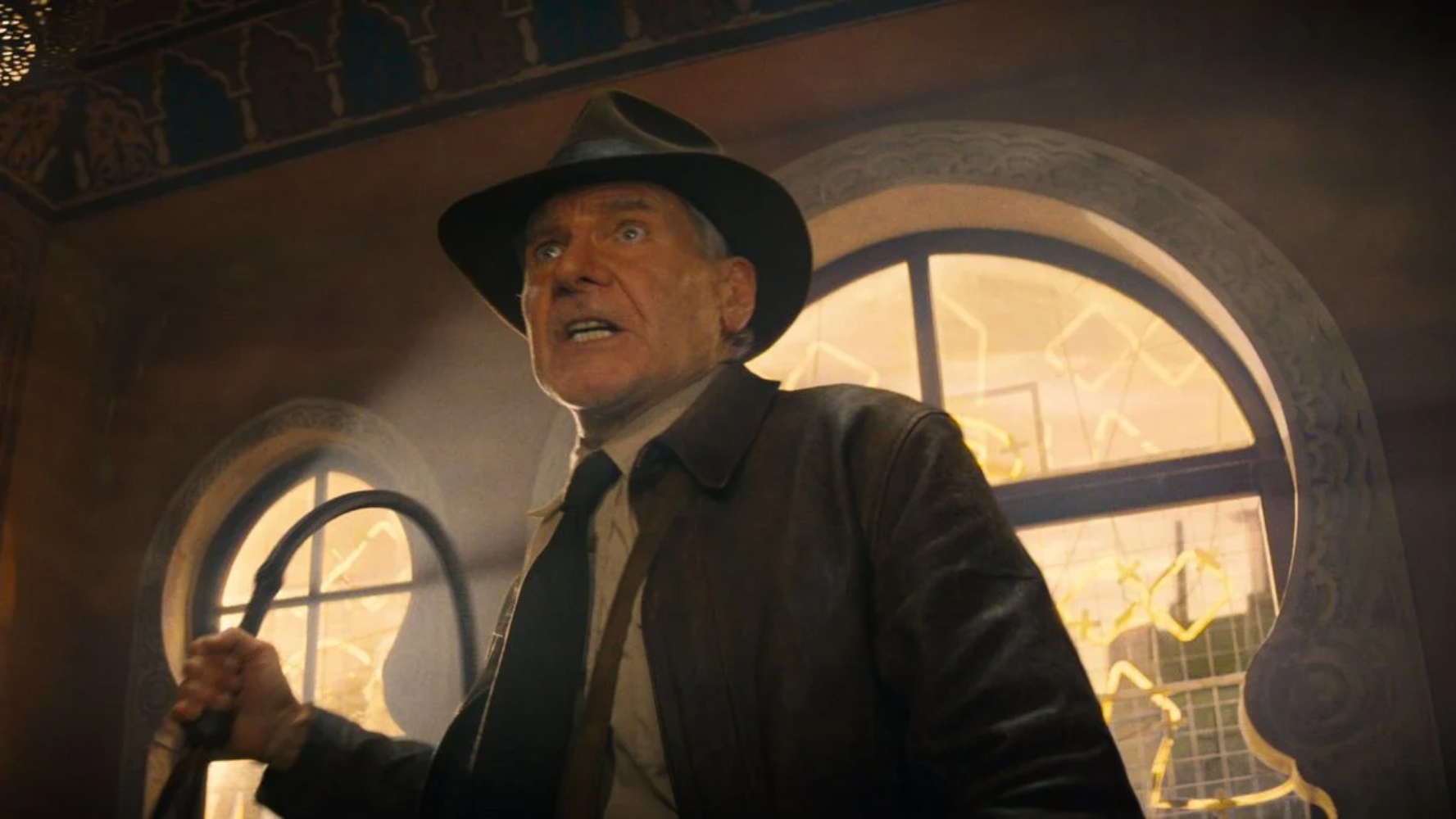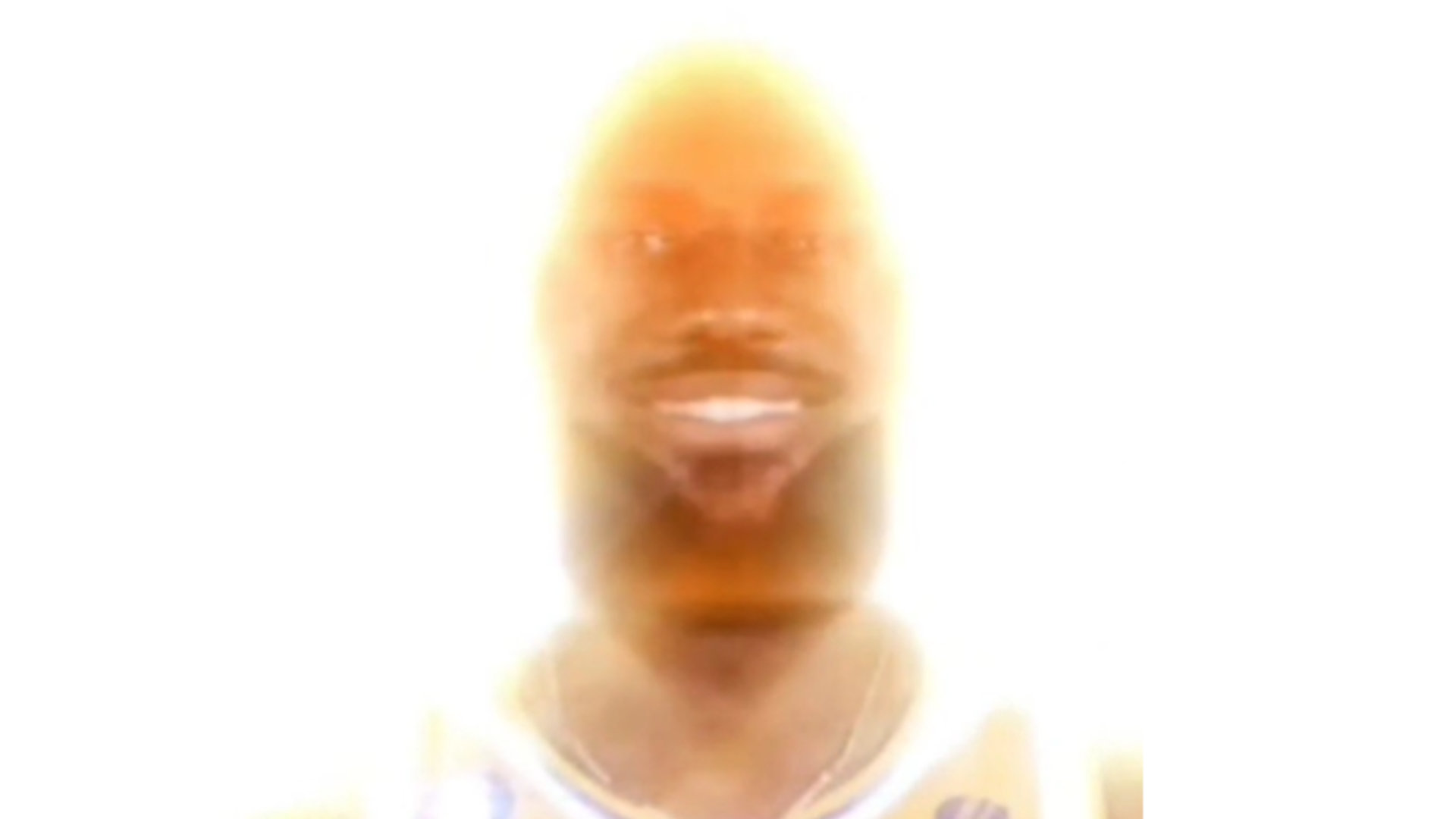
Cannes Review: Indiana Jones and the Dial of Destiny Marks a Decent Send-Off for Harrison Ford
If you went to the movies in 1989 you might have heard Indiana Jones growl the line “it belongs in a museum.” You’ll hear him say it again in The Dial of Destiny (premiering this week at a notably geriatric Cannes Film Festival) but you won’t get his enemy’s timely response: “So do you.” Harrison Ford was 49 years old back then, in a film called The Last Crusade––which it, of course, was not. Ford returned as Jones in 2008 for Steven Spielberg’s Kingdom of the Crystal Skull and now, miraculously, once again for director James Mangold’s first swing at the franchise: an effects-drenched, largely amiable swan song for the whip-cracking explorer that never really lives up to its hero’s adventurous spirit.
Ford must be getting used to seeing his most iconic characters grow so old and weary. 35 years separated Blade Runner and its sequel; 42 between his first and final appearances in Star Wars. If this is to be Indy’s last, he will have granted us 42 years of service. Four decades might sound like a lot, but time in cinema is relative these days––nobody dies anymore, and Hollywood has found ways to recapture its brightest stars at their most glistening. So when a hooded Indy is unmasked at the beginning of Mangold’s film, it comes as no surprise or thrill to see a much-younger Ford looking back, less still to watch him quipping and whipping his way through a unit of Wehrmacht infantry. Four-ish years after The Irishman, this unnerving technology has truly arrived: forget the uncanny, and welcome to the age of the imperceptible.
The steady hand behind Ford v Ferrari and Logan, Mangold certainly understands the assignment. More or less summoning the vibe of the earlier films, as well as some of the rush and glare of the Spielberg-Kaminski aesthetic (it’s shot by Phedon Papamichael, collaborating with Mangold for the sixth time), Dial of Destiny goes through the hits with all the warm, forgettable nostalgia of a well-drilled cover band: the screenplay––credited to Mangold, John Henry Butterworth, and David Koepp––provides the requisite amount of archeological mumbo jumbo; we’re taken to digitally whipped-up locations in North Africa and the Mediterranean sea; there’s a motorbike with a sidecar, a magical MacGuffin, a hubristic Nazi (Mads Mikkelsen) and a street-smart kid (Ethann Isidore). Taking cues from the great Berlin sequence in Last Crusade, Mangold’s opening shot is promisingly tactile and busy, but the film soon gives way to weightless, digital nothingness. What Mangold can’t mimic, of course, are the practical thrills of those early films, something famously lacking in Crystal Skull and absent once again here. (When River Phoenix skipped across that train at the start of Crusade you could sense the jeopardy; when this Indy jumps a moving steam train––just as John Williams’ horns find their tune for the first time––it looks for all the world like he’s hopping a ride on the Hogwarts Express.)
After this otherwise agreeable prologue (in which Mikkelsen also gets the de-aged treatment, looking even younger than he did in Casino Royale), Mangold takes us to a Spielbergy 1960s New York for the day of the Apollo 11 ticker-tape parade. Here we find an appropriately aged Indy carrying the indignities of his Autumnal years (hippies playing loud music next door, disinterested students at his class in Hunter college) as well as the sadness of losing his great love, Marion. He meets his brainy goddaughter, Helena (Phoebe Waller-Bridge, doing her shtick), whose father, an old colleague (Toby Jones), was driven mad researching the titular doohickey (an Archimedean instrument rumored to locate fissures in time). They encounter some goons. Indy rides a horse through the subway. Every once in a while, the 80-year-old Ford appears to remind us it’s not all stuntmen.
It often fizzes as much as it lulls, but in Mikkelsen’s Dr. Schmidt the film can at least boast a worthy antagonist, and one with enough personality to cover some of those cracks. Tuned with just the right amount of seriousness, Schmidt has a compelling motivation (Nazi physicist working for NASA, pining for the old days, etc.) and many of the best lines: “You didn’t win the war,” he explains to a veteran in one loaded moment, “Hitler lost it.” That conversation dips into some compellingly shady narratives of the post-war era, but Mangold simply doesn’t have time. Ford and Waller-Bridge instead banter their way through increasingly perilous situations and double-crosses, run into “legacy” characters, and wind up in scraps and chases in places resembling Sicily and Tangiers. The story’s beats land as familiarly as the famous notes of Williams’ score, but one should stick around for the finale. Was any of it necessary? Surely not. But it’s here and it’s decent.
Indiana Jones and the Dial of Destiny premiered at the 76th Cannes Film Festival and opens in theaters on June 30.
Grade: B-













































